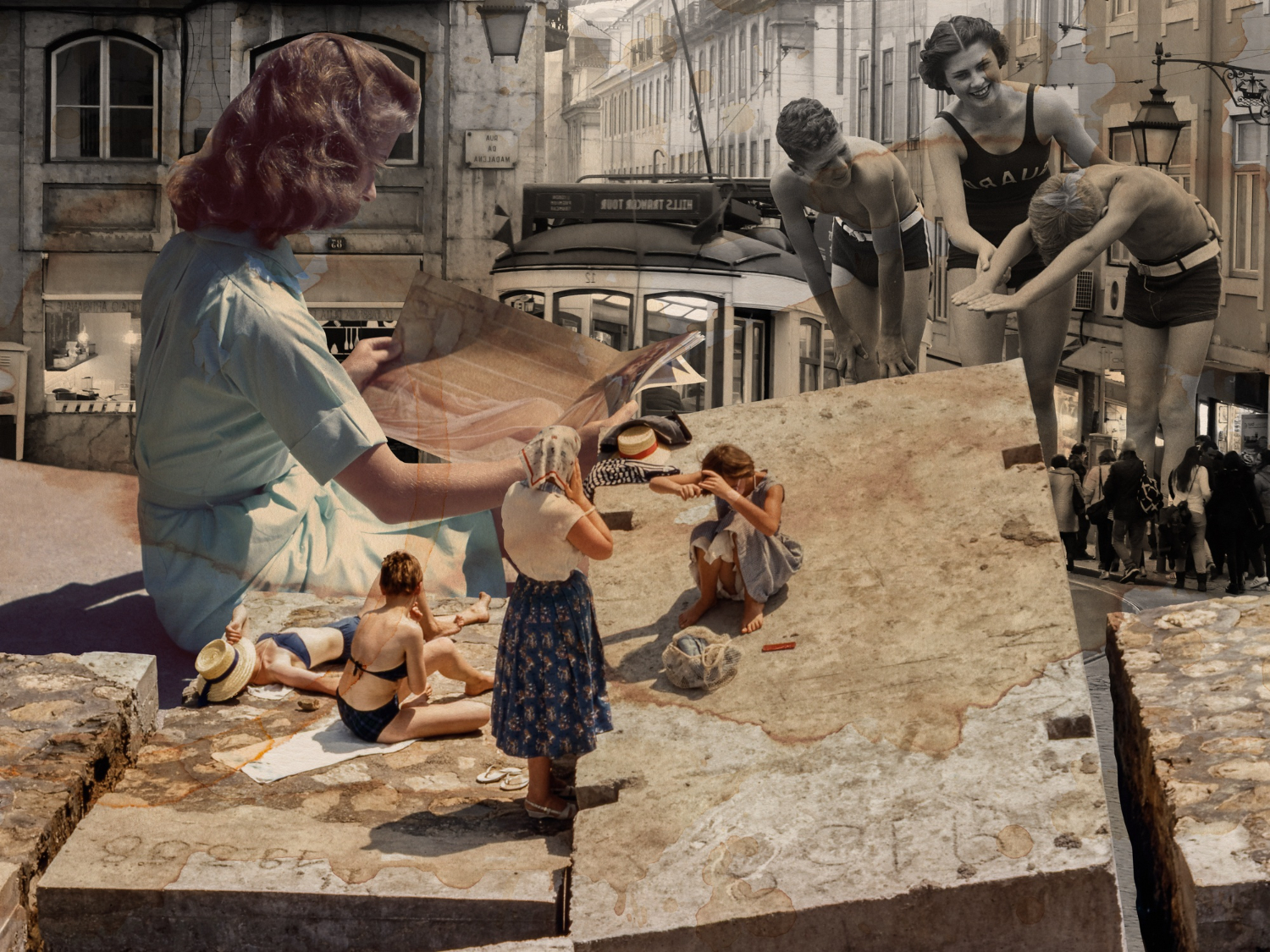Music for Every Occasion: Crafting Playlists for Different Moods and Events
Music is a universal language, capable of transcending boundaries and speaking directly to the soul. It has the power to uplift, soothe, energize, and inspire. In every corner of our lives, music plays a pivotal role, enhancing our experiences and resonating with our emotions. Whether you’re throwing a lively party, seeking relaxation, needing motivation, or looking for comfort during a melancholic phase, the right playlist can set the perfect tone. In this post, we’ll explore how to curate the ideal playlists for various moods and events, ensuring that you have the perfect backdrop for every moment.
Celebratory Beats: Music for Parties and Joyful Gatherings
When it comes to setting the scene for a party or a celebratory gathering, the goal is to create an energetic and joyful atmosphere. Your playlist should be a mix of upbeat, danceable tunes that can get everyone on their feet. Think of incorporating popular hits from artists like Bruno Mars, Beyoncé, or The Weeknd, which are almost guaranteed crowd-pleasers. Don’t forget to include some timeless classics from the likes of Michael Jackson or Madonna, as these universally loved tracks are sure to ignite the dance floor. This playlist should be vibrant and diverse, catering to a wide range of musical tastes while maintaining an overall feel-good vibe.
Serenity Sounds: Music for Relaxation and Reflection
In contrast to the high energy of party music, sometimes we need a playlist that helps us unwind and relax. For moments of reflection, meditation, or just a quiet evening at home, your playlist should consist of soothing tunes. Think of soft, ambient tracks by artists like Enya or Ludovico Einaudi, whose gentle melodies can transport you to a state of calmness. Acoustic sets from singer-songwriters like Jack Johnson or Norah Jones can also provide a comforting and serene ambiance. Including instrumental music, such as classical pieces by Debussy or Chopin, can further add to an atmosphere of tranquility and peace.
Motivational Melodies: Music for Workouts and Productivity
When it’s time to get moving, be it during a workout session or when seeking motivation to tackle a challenging task, your playlist needs to be energizing and empowering. Songs with a fast tempo and dynamic beats can boost your adrenaline and enhance your focus. Pump up your workout or work sessions with high-energy tracks from artists like Dua Lipa, Calvin Harris, or Imagine Dragons. Don’t hesitate to mix in some powerful rock anthems from bands like Queen or Foo Fighters to keep the momentum high. This playlist is all about harnessing energy and determination, making it perfect for when you need that extra push.
Melancholic Melodies: Music for Somber Moments and Solitude
There are times when we need music to accompany our more introspective or somber moods. During moments of solitude or sadness, music can be a comforting companion. This playlist should include slower, more introspective songs that resonate with deeper emotions. Artists like Adele, Sam Smith, or Billie Eilish have a knack for capturing the essence of melancholy in their music. Including classic blues or soulful tracks can also provide a cathartic experience. Remember, this playlist is not about deepening sadness, but rather about providing a space for emotional expression and understanding.
In conclusion, music is an essential element in setting the tone for various aspects of our lives. By thoughtfully curating playlists for different occasions, we can enhance our experiences and connect more deeply with our emotions. Whether you’re looking to celebrate, relax, motivate, or reflect, there’s always a perfect set of songs waiting to be played. The beauty of music lies in its ability to be both universal and intensely personal, making each playlist a unique reflection of the moment.


